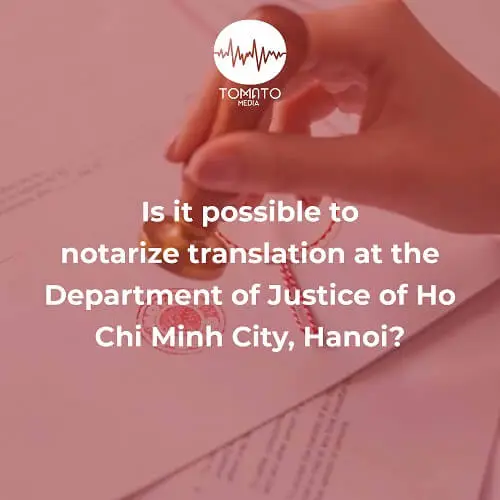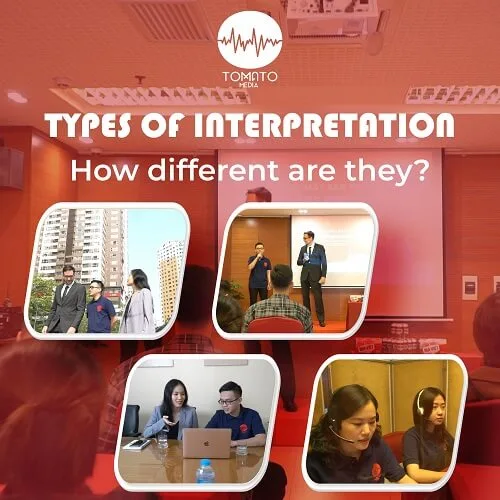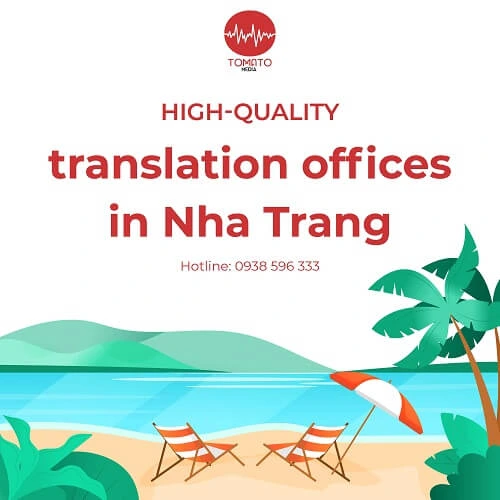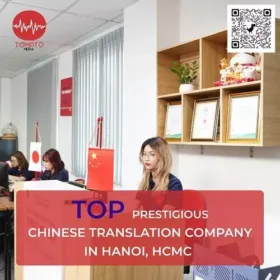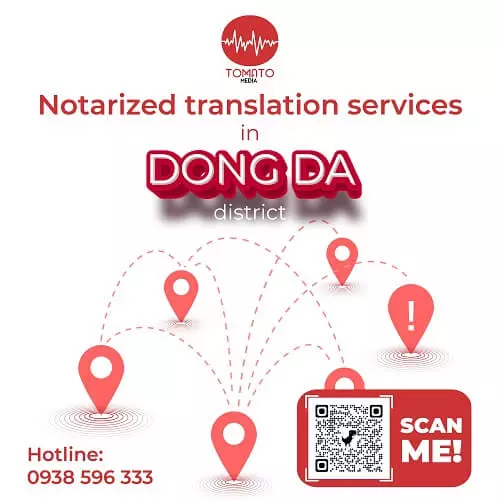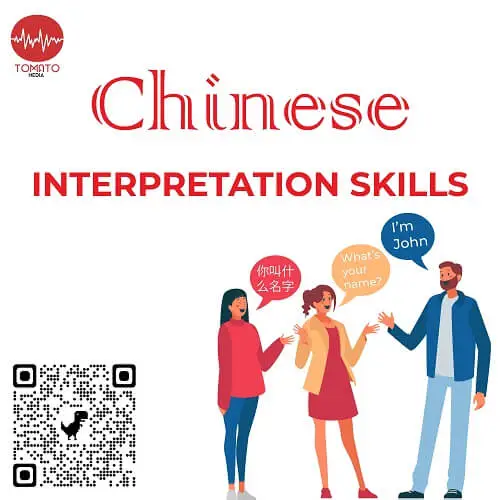Is it possible to get a notarized translation from the Department of Justice? The Department of Justice is a state agency that is responsible for formulating and enforcing laws, monitoring law enforcement, inspecting and handling legal documents, etc. Therefore, you can absolutely get a notarized translation at the Department of Justice. However, you will not [...]
What is translation? Considerable factors about translation
The translation is no longer a strange concept to all of us. However, not everyone understands exactly what translation is as well as the knowledge surrounding this work. This article will help you better understand translation and the factors related to translation. Let us first answer the question of what is translation?
NỘI DUNG (CONTENT)
What is translation?
“Translation” is something that is translated, or the process of translating something from one language to another. Simply put, translation is the process of converting the language from the source language to another language while still ensuring accurate meaning.
This is a work related to language, which helps people communicate with each other more effectively. Translation plays a crucial role at all times, especially in this era of globalization.
What are the tasks of translation?
To better understand what translation is, we need to understand the main tasks of translation. Translation refers to two forms, including written translation (translation) and verbal translation (interpretation).
Translation
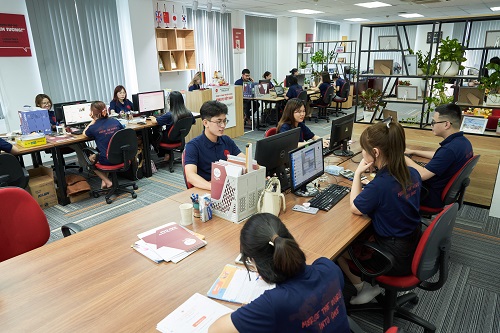
Translation, also known as “written translation,” is the process of changing words into a different language through a written format. This process is mainly language translation for all kinds of texts, documents, and papers.
In addition, the translation also includes activities of more particular characteristics, such as:
- Localization: the language translation process of more specific products such as games, websites, applications, software, etc. The purpose is for these products to be used in other countries.
- Media translation: the process of translating media products from one language to another. This activity is quite diverse including translation and recording, translation and recording, dubbing, subtitling, voice-over, script translation, video/clip/film translation, audio/video transcription, etc.
Interpretation

Interpretation is the activity of verbally translating speech from one language to another consecutively or simultaneously without losing the original meaning. Interpreters do not need the help of dictionaries, software, or any other reference. The only resources of the interpreter are language proficiency, experience and quick reflective thinking.
Translation methods
Translation methods include:
Translation methods for documents
In order to translate correctly, translators need to know how to apply effective translation methods in addition to language ability. The following are some popular translation techniques nowadays:
- The first translation is called “direct translation”: This method of translation is intended to keep the original language’s form and accurately express the original ideas through a clear, coherent writing style in accordance with the grammar of the target language. To get a perfect translation, the translator uses this method, which is the most accurate.
- Adaptation translation: It is a contrasting translation that violates the interpretation guidelines. With adaptation translation, the translator only needs to express the original idea without having to reproduce it in another language. In adaptation translation, the translator can change the binding structures of the original text. Thus, the length of the translation may differ from the original text.
- Reverse translation: the translation of the language from the translator’s mother tongue into a foreign language. The purpose of the reverse translation is to ensure the accuracy of the translation you use. The translation will be more effective if the translator performs this method well.
- Forward translation: the process of changing the words from a foreign language to the translator’s mother tongue. Translations are based on the meaning of words, word order, and thought circuits.
- Grammar translation: This is a method of translation based on the grammatical structure of sentences. This method requires the translator to master the structure and identify the elements of a sentence.
- Word-to-word translation: This is the method of translating the source language into the target language in a sequential order: translating words into words, clauses into clauses, and sentences into sentences. This method of translation is used to find structural similarities between two languages.
- Literal translation: the grammatical structure of the source language can be changed to the nearest structure of the target language. The vocabulary is translated in the most common sense and contextually separated but remains literal.
Types of interpretation
Interpretation has different types, depending on the context of the situation. Here are the five main types of interpretation:
- Simultaneous interpretation: It is the process of translating the speaker’s speech in the source language into the target language immediately after 5–10 seconds. This type of interpretation is often used for large meetings, conferences, or expos.
- Consecutive interpretation: during the consecutive interpretation session, the speaker can stop speaking for about 1 – 5 minutes, and in the meantime, the interpreter can translate the speech into the target language. This type of interpretation can be used in small-scale business meetings or in court as a witness. This type of interpretation allows the speaker and interpreter to take turns speaking and translating during the session.
- Accompanying interpretation: An accompanying interpreter can act as an assistant to perform the interpretation for clients during their business trips.
- Whispered interpretation: A whispered interpretation is similar to a simultaneous interpretation, with the exception that the interpreter does not use headphones or microphones but speaks softly enough to be heard, or whispers the translation into the ear of the listener. This type of interpreting is often used for a business meeting where only one person requires an interpreter or in a courtroom where an interpreter is required to sit in the back to translate what is being said.
- Remote interpretation: this form of interpretation is performed during an appointment where the interpreter does not directly meet any participating parties but performs a telephone interpretation. The participating participants can only hear the interpreter’s voice. Telephone interpretation can be done in both simultaneous and consecutive formats.
What are the translation difficulties?
Difficulties in the translation process include:
Lack of vocabulary knowledge
Each language has a huge amount of vocabulary If you do not have a good vocabulary, you will be confused and spend a lot of time in the translation process.
Cultural barriers
This is a difficult aspect of translation. If you don’t understand the local culture, your translation may be inappropriate, even offensive, and misunderstood by the reader.
Multiple definitions
In some languages, such as Vietnamese, there are many other homonyms that make translators confused.
Language structure
Languages have different structures; for example, in English, adjectives come before nouns, but in French, adjectives come after nouns.
Lack of knowledge of specialized terminology
Each profession has its own specialized vocabulary. If you only understand the language and do not have knowledge of the field being translated, you will spend a lot of time looking it up and may even translate it incorrectly, leading to unfortunate mistakes.
Various styles depending on the type of document
Depending on the genre to be translated (text, documents, records, stories, books, etc.), there will be a proper expression. Translators need to skillfully use the translation so that it is smooth and natural but still ensures accuracy.
Time limit
You will spend a lot of time completing a translation if you do not know the language as well as possess translation skills.
See also:
- Professional translation software – Article: 15+ most professional, accurate and common translation software
- Image translation software – Article: top #Fastest & # Most_accurate image translation software
- Translation skills – Article: 5+ #Must-have translation skills of a translator
Professional requirements with translation work
Professional requirements for translation work include the following:
Graduate from a University of foreign languages or related majors
This is a prerequisite for translators to have a basic foundation for their translation work.
Language understanding
Translators need to understand the grammar, structure, and word usage of each language in order to provide an accurate and suitable translation for the reader.
Good vocabulary
Vocabulary is one of the important factors that every individual in the translation industry must possess because a translator will be able to translate correctly without having to spend too much time looking up words.
Knowledge of specialized terminology
Each field has its own specialized vocabulary; translators will be better able to visualize, translate accurately, smoothly, and professionally if they master the terms and have specialized knowledge.
Lookup skills
During translation, the translator may encounter unknown vocabulary or uncertain professional knowledge. At this time, if translators have good search skills, they will save translation time and produce an accurate translation.
Good listening, speaking and communication skills
This is necessary for an interpreter because the instantaneous translation of the speech is required. Therefore, interpreters must possess excellent listening abilities, quick reflexes, and improvisational skills.
Factors to be concerned about translation
In addition to the question of what translation is, the factors that need to be considered in terms of translation also include the content that many people search for. To get a perfect translation, there needs to be a harmonious combination of many different elements. In particular, each factor contributes an important part to helping you improve your translation skills.
Local culture
Local culture is the cultural identity of a community or ethnic group in a certain area. In order to properly deliver a translation that reflects the style of the native people, the translator must definitely pay attention to the local culture. Only by understanding native culture can you translate the original correctly.
The field to be translated
Currently, almost all fields need translation services, including commerce, economics, culture, education, and many other specialized fields. Therefore, the translator needs to learn the field to be translated and grasp the basic relevant knowledge to ensure the accuracy of the translation, thereby delivering a quality translation.
Language characteristics
There are many languages in the world today, some of which are difficult, easy languages, popular languages, and rare languages. Each language will have its own grammar and ways of expression. Therefore, translators need to have a rich and diverse grammatical and lexical structure in both the source and target languages to be able to translate correctly.
The support of technology
We cannot deny the impact of technology on every field today. The translation is no exception. Translation support software helps translators translate more quickly and accurately. Moreover, the help of technology makes it easier for people to manage their jobs better.
Speaker’s psychology
This is what the interpreter needs to pay attention to. In the process of interpretation, the interpreter not only needs to understand the language to be translated but also the psychology of the speaker to convey the most accurate content.
What skills do interpreters and translators need?
To meet the job requirements, a translator needs to gain the necessary knowledge and skills. Here are five indispensable skills for translators:
Foreign language skills
This is the prerequisite for a translator. Language proficiency is the core element in the translation profession. Translators need to be fluent in both the source language and the target language. The mastery of foreign language skills helps translators fully and accurately express the content of the original. Linguistic aspects of translation include vocabulary and the ability to use words and styles appropriate to each country and topic.
Lookup skills
This is an extremely important skill for translators. Because in the translation process, you will certainly encounter difficult words, words for which you do not know the meaning. You can use dictionaries or the Internet to look up words quickly and accurately.
Computer skills
In any industry, computer skills are important. Therefore, you need to be proficient in using computers, know how to exploit utilities in Word, Excel, and the Internet, and make good use of translation support software.
Communication skills
Communication skills are important in all areas of life. Particularly for the interpretation profession, you need to have good communication skills and convey the content of the speaker.
Translation capacity
To become a good translator and interpreter, you need to be able to read, understand, or listen, and understand and exploit the main idea and main content of the original. You need to be equipped with fluent writing or speaking skills. In addition, the ability to learn about fields, professions, and translation topics is also part of the translation capacity.
What’s the difference in translation in the technology era?
With the development of technology, online translation methods are becoming the current trend. With this method, you can send translation requests online via email, the website, or the hotline of the translation agency. The translation agency then receives and handles your request as quickly as possible. Afterward, the translation can be sent via email in PDF format or mailed to the client.
Online translation services can be applied to translation, interpretation, localization, and media translation. However, with a notarized translation service, you need to send the original file for the comparison and notarization of the translation.
The online translation service has been chosen by countless customers as it offers great advantages over traditional translation services. In particular:
- Help save time. You can find information about translation services without leaving your home by conducting an online search. At this time, you will get a lot of suggestions about different translation companies. You can send documents and make inquiries about online translation projects without spending time visiting the translation office in person.
- Help save costs. This form of translation helps minimize costs such as travel costs, printing fees, etc.
What are the opportunities for the translation profession?
The demand for overseas market expansion, integration, and cooperation with countries around the world is increasing. As a result, the demand for translation and interpretation services is increasing. Therefore, this profession has attracted many young people to pursue it.
It can be said that this is a potential industry that is developing well and sustainably during the period of integration. Translation services bring many benefits, such as income, stable work, new knowledge, and access to many different cultures. In addition, the authorities’ interest in translation services is a factor that supports the more sustainable development of this industry.
Hopefully, the above article has helped you understand what translation is and issues related to translation. Regularly follow our useful articles to get more knowledge about translation.



